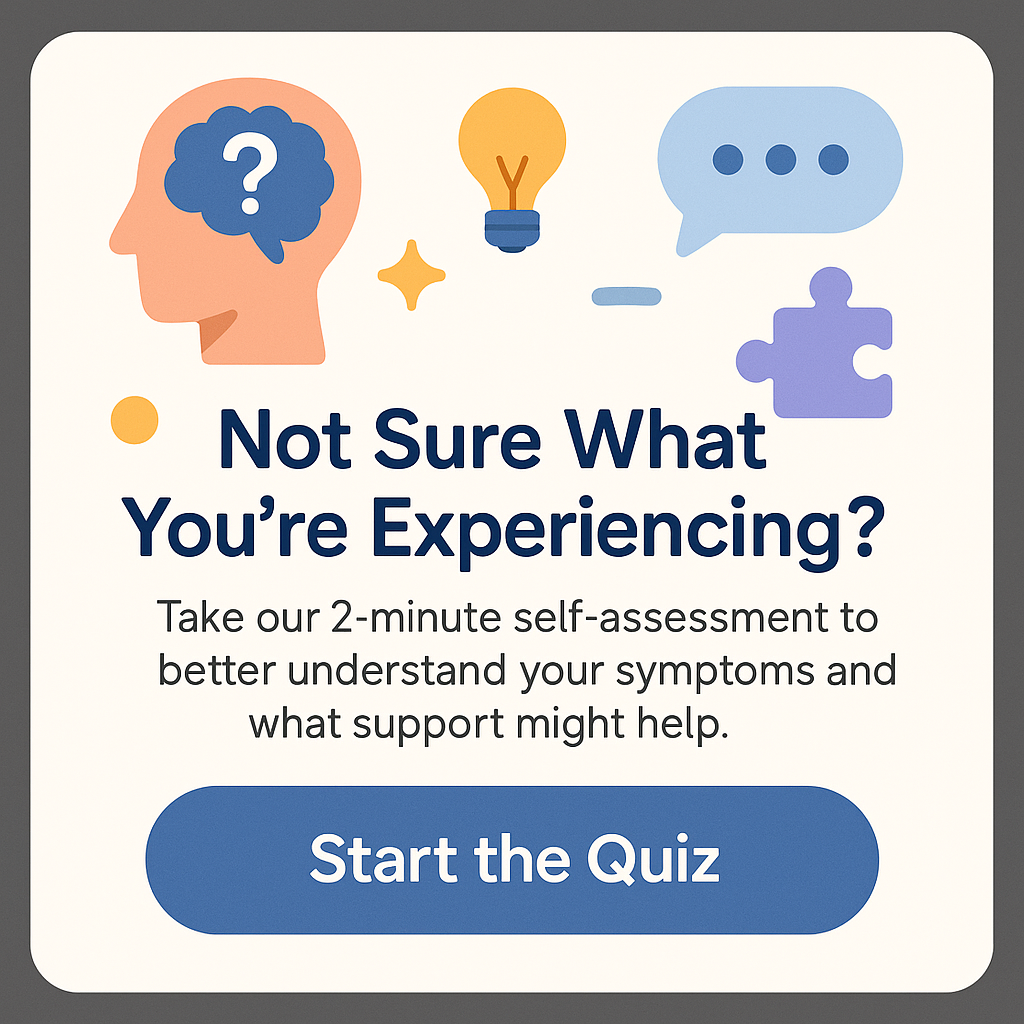What are the 7 Requirements of ABA?
Discover the 7 requirements of ABA for effective behavioral analysis. Learn more about this essential framework to enhance your understanding today!
Applied Behavior Analysis (ABA) is a systematic approach used primarily in the field of psychology, especially for the treatment of individuals on the autism spectrum. However, understanding what ABA truly entails, right down to its basic requirements, is crucial for practitioners, parents, and caregivers alike. The term ‘ABA’ encompasses a wide variety of principles and practices, often tailored to the individual needs of those receiving treatment. In this article, we will unravel the core components of ABA by delving into the seven essential requirements of this remarkable framework. Each requirement serves as a building block, helping us efficiently understand behavior and implement effective strategies for improvement.
1. Understanding the Subject of Behavior
One of the most foundational requirements in ABA is a clear understanding of the behaviors being analyzed. This not only includes the observable actions of the individual but also extends to understanding the context in which these behaviors occur. Essentially, this means delving into both the “what” (the behavior itself) and the “why” (the environmental factors surrounding it). When we ask ourselves, “What are the 7 requirements of ABA?”, we begin by acknowledging that behaviors aren’t isolated incidents; they emerge from complex interactions between an individual and their surroundings.
For instance, if a child exhibits disruptive behaviors during class, it’s essential to observe not just the behavior itself but also to identify any triggers. Is it loud noises? Boredom? Lack of understanding? Understanding these underlying factors is pivotal in ABA, as it allows practitioners to tailor their interventions accordingly. Employing observational techniques and functional assessments can aid in gathering data relevant to the behavior.
In addition to understanding the behavior in isolation, we must also recognize that individuals are not merely the sum of their behaviors. Each person has unique experiences, backgrounds, and motivations that drive their actions. Therefore, establishing a rapport and understanding the person’s perspective enhances the effectiveness of assessments and interventions.
2. Data Collection and Analysis
Another critical aspect of ABA is the systematic collection and analysis of data. Without data, any behavioral intervention becomes mere guesswork. Collecting data allows practitioners to measure specific behaviors objectively, analyze trends over time, and adjust strategies as needed. When we consider “What are the 7 requirements of ABA?”, data collection and analysis stand out because they provide the foundation for informed decision-making.
In practical terms, data collection could involve tracking the frequency of a specific behavior, noting the intensity of episodes, or analyzing the antecedents (events occurring before a behavior) and consequences (events following a behavior) associated with that behavior. Common methods used include direct observation, interviews, and standardized assessments. Once data is collected, it is analyzed to glean insights into the efficacy of interventions.
For example, if a specific behavioral intervention is implemented to reduce tantrums in a classroom setting, ongoing data collection can provide insights into whether the frequency of tantrums decreases over time. If the data suggests no significant change, it may prompt a re-evaluation of the strategy employed. This practice ensures that interventions remain efficient and tailored to each individual’s needs.
3. Developing and Implementing Effective Interventions
The third requirement revolves around the design and implementation of effective interventions based on the data collected. Once enough information is gathered about the behavior and its context, practitioners need to develop plans that address the specific needs of the individual. This process often involves collaboration with parents, teachers, and other stakeholders.
Effective interventions in ABA should be evidence-based and tailored to the individual’s unique circumstances. Whether it’s increasing communication skills, reducing challenging behaviors, or teaching social skills, the plan should have clear, measurable goals that can be monitored over time.
A crucial point to remember about interventions is that they should be flexible. What works for one individual may not work for another. Regularly reviewing progress and adapting the intervention when necessary is a hallmark of a successful ABA program. It’s also important to factor in the individual’s interests and preferences, as this fosters engagement and increases the likelihood of success.
4. Consistent Implementation
Consistency is a cornerstone of effective ABA practice. For interventions to succeed, they must be implemented consistently across various settings and stakeholders. This constant reinforcement helps to solidify what the individual has learned, making it easier to generalize skills to different environments, like home, school, or within the community.
To ensure consistent implementation, all practitioners, parents, and caregivers involved with the individual should be on the same page. This may require training sessions, regular communication, and updates on individual progress. The goal is to create a unified support system that surrounds the person with consistent messaging and reinforcement.
It can also be beneficial to create detailed guidelines or protocols that outline how interventions should be carried out. This not only promotes uniformity but also serves as a reference that everyone involved can consult. With a consistent approach, individuals are more likely to respond positively to the interventions, leading to lasting behavioral change.
5. Frequent Monitoring and Adjustments
One of the unique aspects of ABA is the emphasis on ongoing monitoring and adjustment of interventions. This requirement ties back to the need for data collection—better data leads to better insights, which in turn leads to more effective interventions. In this aspect of ABA, the question of “What are the 7 requirements of ABA?” is intertwined with the continuous cycle of assessment and re-assessment.
Monitoring progress involves keeping a close watch on data trends and individual responses to interventions. If the desired outcomes are not evident, it is crucial to revisit the strategies being used. Failure to adapt the approach may hinder progress and demotivate both the individual and the support network.
Regularly scheduled reviews can help to identify any necessary changes swiftly. Whether it’s adjusting goals or refining teaching methods, being proactive in modifications is key to sustaining momentum toward behavior change.
6. Collaboration Among Stakeholders
The requirement of collaboration cannot be overstated in ABA. Stakeholders—parents, educators, therapists, and even the individual receiving services—must work together to cultivate an effective treatment plan. The participation of all relevant parties fosters a sense of ownership and accountability, which enhances the chances of successful outcomes.
When stakeholders collaborate, they share insights and strategies that can lead to better implementation of interventions. Each party brings different skills and knowledge to the table, enriching the overall understanding of the individual in focus.
Engaging families and caregivers in the process is particularly important. They are often best positioned to provide insights into the individual’s behavior outside the therapy or educational setting and can offer invaluable input on the effectiveness of various interventions. Workshops, regular meetings, and transparent communication can aid in fostering this collaboration.
7. Commitment to Lifelong Learning
The final requirement, yet perhaps one of the most important, is the commitment to lifelong learning. The field of ABA is evolving, with new research and techniques emerging regularly. It is essential for practitioners and parents alike to remain informed about best practices, current research, and innovative strategies in behavior analysis.
A commitment to lifelong learning can manifest in various forms, including attending workshops, pursuing advanced certifications, participating in online forums, and reading relevant literature. By staying updated on trends in ABA and associated fields, practitioners can continually refine their approaches, enhancing the quality and effectiveness of interventions.
This requirement emphasizes the notion that education doesn’t stop once initial training is completed. As practitioners engage with new information and insights, they not only improve their practices but also inspire those around them to embrace a similar mindset.
Conclusion
Understanding the seven fundamental requirements of ABA is essential for anyone involved in the practice of applied behavior analysis. From recognizing the necessity of thorough data collection to sustaining a collaborative environment, each requirement plays a pivotal role in enhancing behavior change strategies effectively. It’s not merely about the interventions themselves but the holistic approach that includes consistent implementation, regular monitoring, collaboration, and a continuous commitment to learning. By adhering to these requirements, practitioners can empower individuals, leading them to meaningful and lasting changes in their behavior.
FAQs
What is ABA?
Applied Behavior Analysis (ABA) is a therapeutic approach focused on understanding and improving specific behaviors, often used to treat individuals with autism.
How does data collection work in ABA?
Data collection in ABA involves systematically observing behaviors, noting their frequency and context, and analyzing trends to inform interventions.
Why is consistency important in ABA?
Consistency is vital because it reinforces learned behaviors and ensures that interventions are effectively implemented across different environments.
How do stakeholders collaborate in ABA?
Stakeholders collaborate by sharing insights, communicating regularly, and participating in joint training sessions to ensure cohesive support.
What is the role of lifelong learning in ABA?
Lifelong learning fosters ongoing professional development, allowing practitioners to stay updated on new research and techniques to enhance their practice.
How to Calm a Child with Autism? Effective Strategies for Parents







